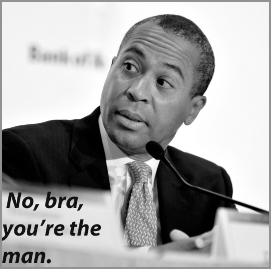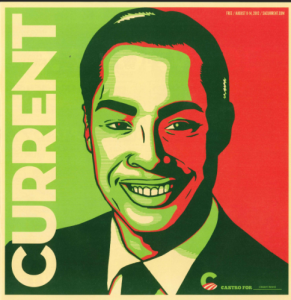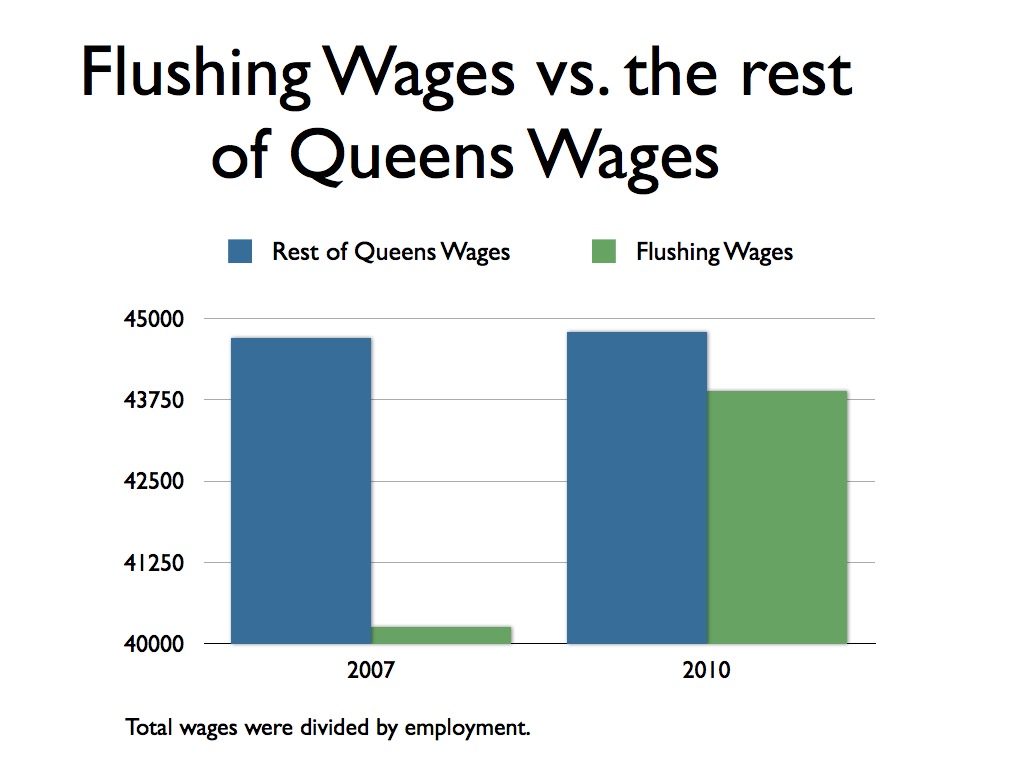Imagine Andrew Cuomo and Deval Patrick attend the Democratic Governors’ Association Conference together. They sit at a table in the back of the room so they can safely discuss football and Mila Kunis without judgment. It’s hard to be the only two gentleman governors present, but together, they’ll make it through the day.
Now imagine there are only two female Democratic governors in the country. Washington Governor Christine Gregoire and North Carolina Governor Bev Perdue are stepping down after the 2012 elections.
What adds insult to injury? Governors are goofballs. Have you seen the people we’ve elected to executive office? You can’t complain that there aren’t enough dignified women running for governor when you have these guys:
Former Illinois Governor Rod Blagojevich
Remember the hair, the track suit, the corruption, the talk show visits post-corruption and pre-trial? He’s also the sixth Illinois governor to be indicted or arrested, so this is not a total fluke.
Former South Carolina Governor Mark Sanford
Cheating aside, former Mark Sanford showed a pretty bold disregard for the responsibility of public office when he disappeared for nearly a week.
Florida Governor Rick Scott
Let’s be fair and ignore the fact that Rick Scott looks like a cross between Mr. Clean and well, any number of colorful Middle Earth characters. His efforts to drug test state employees and welfare recipients have been declared costly and unconstitutional.
Rick Perry
Looks like a governor. Until he speaks.
Sarah Palin.
You could rejoice at the idea that there are six women governors altogether but all four Republicans diametrically oppose a woman’s right to choose. At a time when statehouses feel emboldened as ever to limit women’s reproductive choices, there are only two female pro-choice executives, which could mean the passage of more bills requiring mandatory ultrasounds, limiting access to abortion care, and banning telemedicine.
Even compared to little more than a decade ago, our country is failing at gender parity in statewide elective office, at 23 percent today compared to 28 percent in 2001, according to a Bloomberg Businessweek article.
The states would appear to offer slightly better opportunities for women, however, at an average 23 percent compared to Congress, where women make up only 16.8 percent of those 535 seats.
In case you’re wondering which states offer the least opportunities for women officeholders, South Carolina wins at 9 percent, with Oklahoma (12.8 percent), Alabama (13.6 percent) and Wyoming (14.4 percent) trailing behind, according to the National Conference of State Legislatures.
I could note that these states voted for McCain in 2008, and blame this lack of progress on Republican leadership but it isn’t fair to let the Democrats off the hook. New York (23 percent), falls woefully behind Colorado (40 percent) and Vermont (38 percent).
It is impossible to know what goes on when leaders of each state’s respective party, and important donors, get together and talk about who represents their best chance to win the governor’s seat. It is impossible to peer into the minds of all 300 million plus Americans to understand their views on gender and politics, or to know the exact reasons why more women don’t run for political office.
But is clear that we’ve failed at least one major tenet of democracy when more than half of the population is represented by 12 percent of the nation’s governors and 16 percent of Congress.












